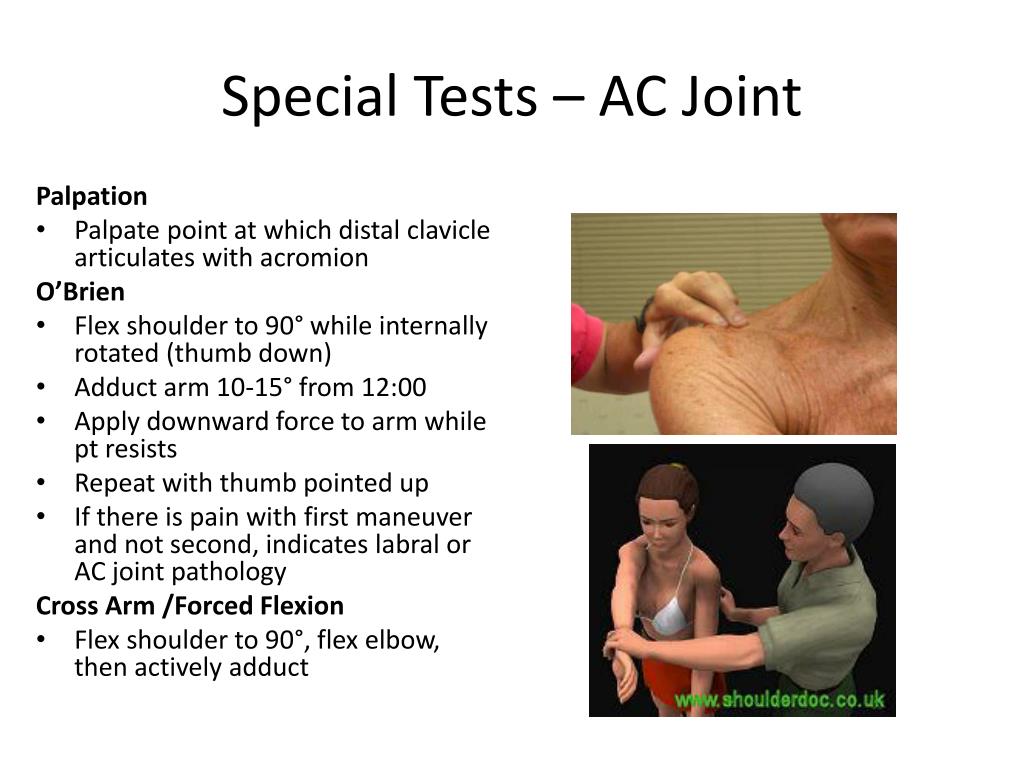

Decreased speed of transmission is an indication of nerve disease or abnormal pressure on the nerve. The resulting electrical activity is recorded by the other electrodes. One electrode stimulates the nerve with a very mild electrical impulse. Surface patch electrodes, similar to those used for an electrocardiogram, are placed on the skin over the nerve at various locations. An EMG normally takes thirty to sixty minutes.Ī nerve conduction velocity (NCV )test is an electrical test that is used to determine how quickly electric signals move through a particular nerve.This test is used to diagnose nerve injury or dysfunction.ĭuring this test, the nerve is electrically stimulated and the effect measured. The electrode may be moved a number of times to record the activity in different areas. You will also be asked to contract the muscle. A needle electrode is inserted into a muscle and the electrical activity in that muscle is recorded while the muscle is relaxed.


The test is performed by an EMG technologist or doctor while you lie on a table or bed or sit comfortably in a reclining position. Problems in a muscle, the nerves supplying a muscle, the spinal cord, or the area of the brain that controls a muscle can cause these symptoms.Īn EMG can be done in a hospital, clinic, or doctor’s office. They’re also used to locate the cause of muscle weakness, paralysis, or twitching. Examples include herniated disks, amyotrophic lateral sclerosis (ALS), and myasthenia gravis (MG). Nerve conduction studies measure how effectively the nerves are sending electrical signals.Įlectromyograms are used to find diseases that damage muscle tissue and nerves. An electromyogram (EMG) is used to measure electrical activity in muscles at rest and during contraction.


 0 kommentar(er)
0 kommentar(er)
